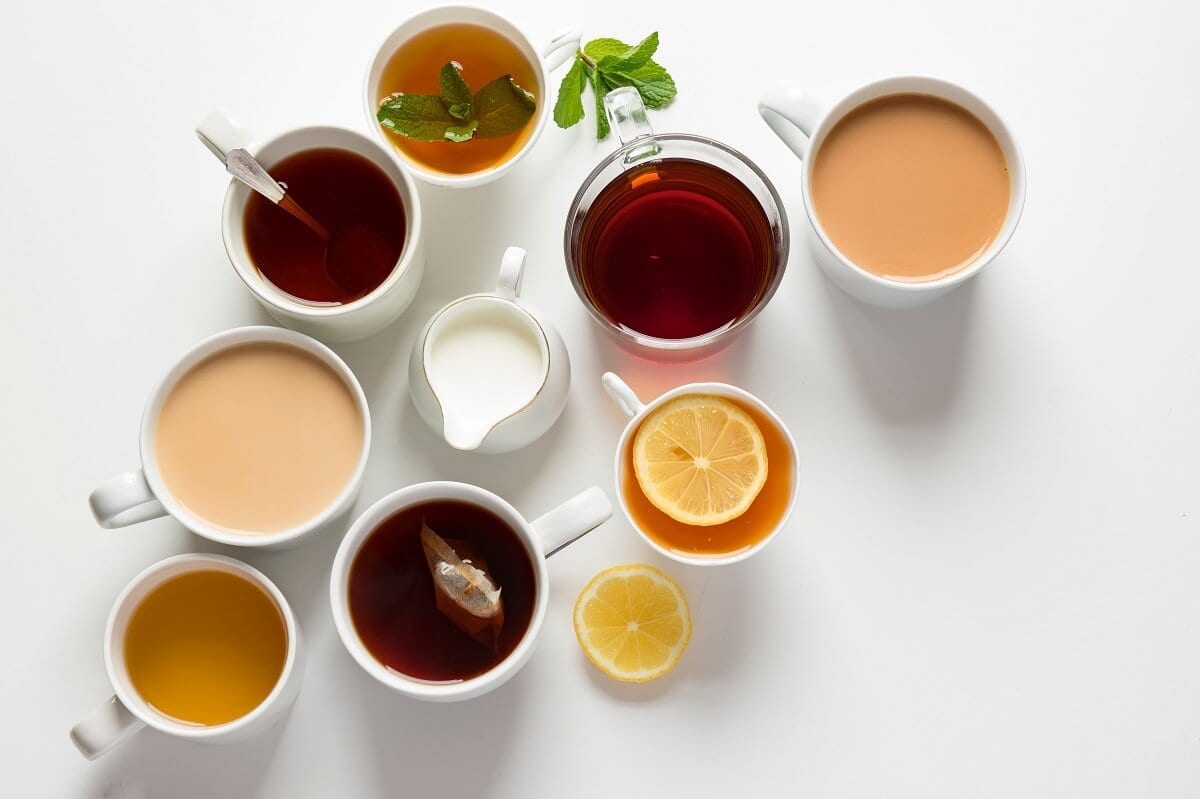A CRASH COURSE ON YOUR COMMON BLACK TEAS
“What tea would you like, English Breakfast?” asks your friend, who clearly doesn’t know you.
You gasp, horrified at the thought of a watery English breakfast tea this early in the day, “What do you take me for, a savage? Assam for goodness sake please!”
“Er, what’s that? Is that like English Breakfast?” queries your soon to be ex-friend.
No, no it is not. Let me learn you a couple of things about black tea.
Note – I’m only talking about good loose-leaf teas here. Teabags have no place in this article, or anywhere for that matter including the entire surface of planet earth.
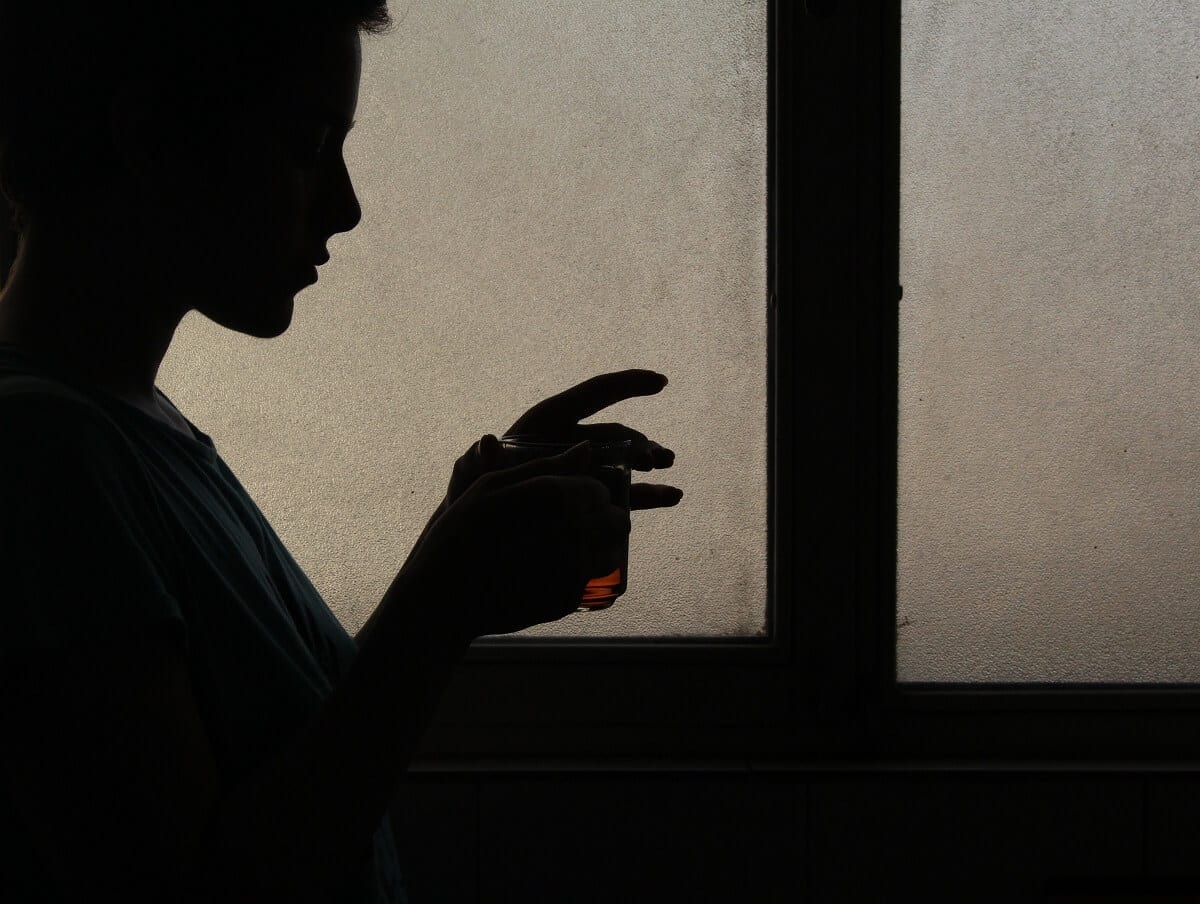 Let me start off by clarifying that all tea comes from the same plant: Camellia Sinensis. That’s right, your green, white, black, yellow, oolong, and pu’erh tea is all from the same magical bush. It’s simply the different growing conditions, localities, and processing of the leaves that gives us our different types of tea. I know – blew my mind when I first found out too – green tea is the same as black tea WHAT?
Let me start off by clarifying that all tea comes from the same plant: Camellia Sinensis. That’s right, your green, white, black, yellow, oolong, and pu’erh tea is all from the same magical bush. It’s simply the different growing conditions, localities, and processing of the leaves that gives us our different types of tea. I know – blew my mind when I first found out too – green tea is the same as black tea WHAT?
Black teas are fully oxidised during their processing. Very simply, this means the leaves are damaged (i.e. lightly crushed, tumbled around in a basket, flung over a rainbow, etc) and exposed to the air which sets off a chemical reaction – i.e. the leaves go brown.
There is a lot more to it of course and a lot of science-y terms involved such as polyphenols, catechins, and chlorophylls, but that’s the gist of it. Oxidisation = black tea. Green tea, on the other hand, isn’t oxidised at all – that’s why the leaves are still green. Science!
I’m asked all the time about what the difference is between the handful of black teas that people are familiar with. They want to know why I turn my nose up at some and not others. We don’t need to touch on all of them, but there are some major players that are useful to know about (that make up the majority of blends) so you aren’t totally lost next time you walk into a tea shop.
Oh, you’ll still be lost, for sure, but not totally.
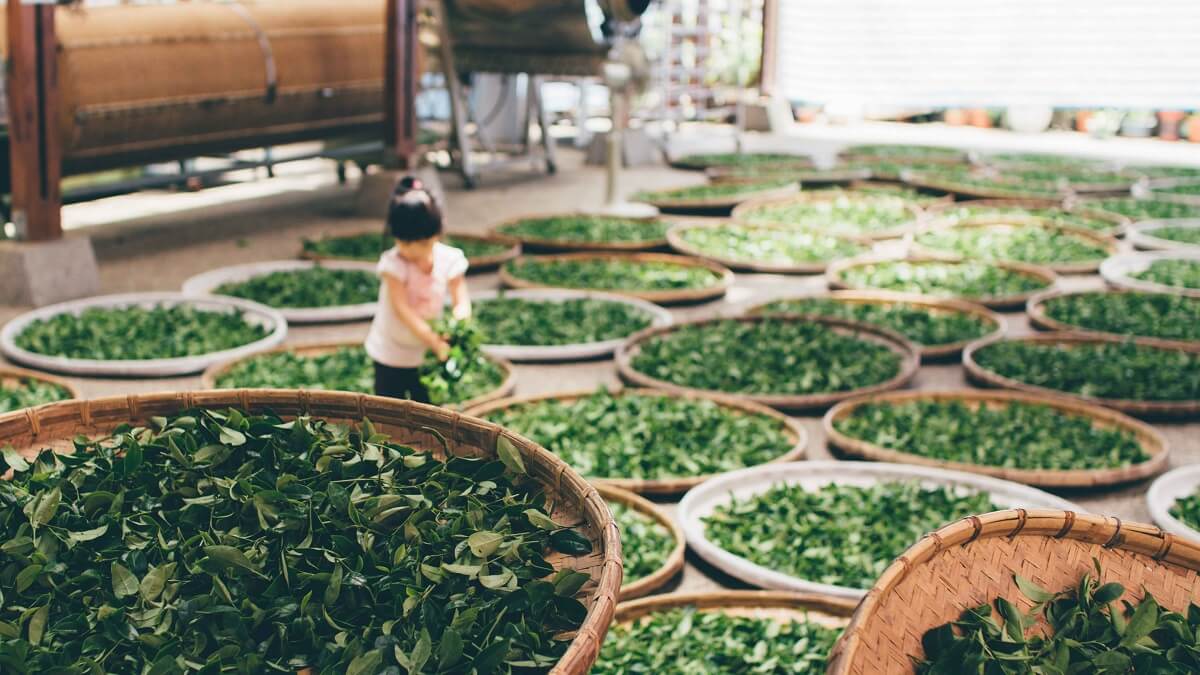 The Single Malts of the Black Teas
The Single Malts of the Black Teas
These fellas are your single-origin teas, akin to a single malt whiskey.
- Assam: Assam is a state in north-eastern India. Tea from here is called Assam tea. Shocking, I know. The tea grown in Assam is full-bodied, rich, malty, dark, great with milk, and better than sex. If you ask a tea shop for their strongest tea, Assam is what you’ll be given. You’ll want this guy first up in the morning, and whenever you need your tired mind stroked by strong malty fingers.
- Ceylon: Sri Lanka used to be called Ceylon before it became a republic many moons ago. So naturally, tea from this region is still called Ceylon tea. There are loads of different varieties of Ceylon tea due to the different altitudes the plants are grown at, however your usual Ceylon tea is darker and bolder than most black teas, but lighter & less malty than Assam. An all-day-round easy drinking brew not for sissies.
- Darjeeling: Grown in Darjeeling (gee really?) and also the Kalimpong District which split off from Darjeeling, in northern India, Darjeeling tea is considered by connoisseurs as the ‘champagne of tea’. Darjeeling tea is light, thin-bodied, a little floral, and is often described as having ‘muscatel’ notes (like wine). This is your late afternoon drinking tea to lead you seamlessly into a nice glass (or several bottles) of wine as you watch the sunset.
- Keemun: A popular Chinese tea (it’s a black tea but it’s red – you’ll see what I mean when you brew it) used in a lot of blends. It’s a gentle, aromatic hug for your face, with just a whiff of fruity sweetness. Easy on hangovers.
- Lapsang Souchong: A wholly unique smoky Chinese tea; the leaves are smoke-dried over a pinewood fire. There’s nothing else like it; pairs well with camping, starry nights, and Tom Waits.
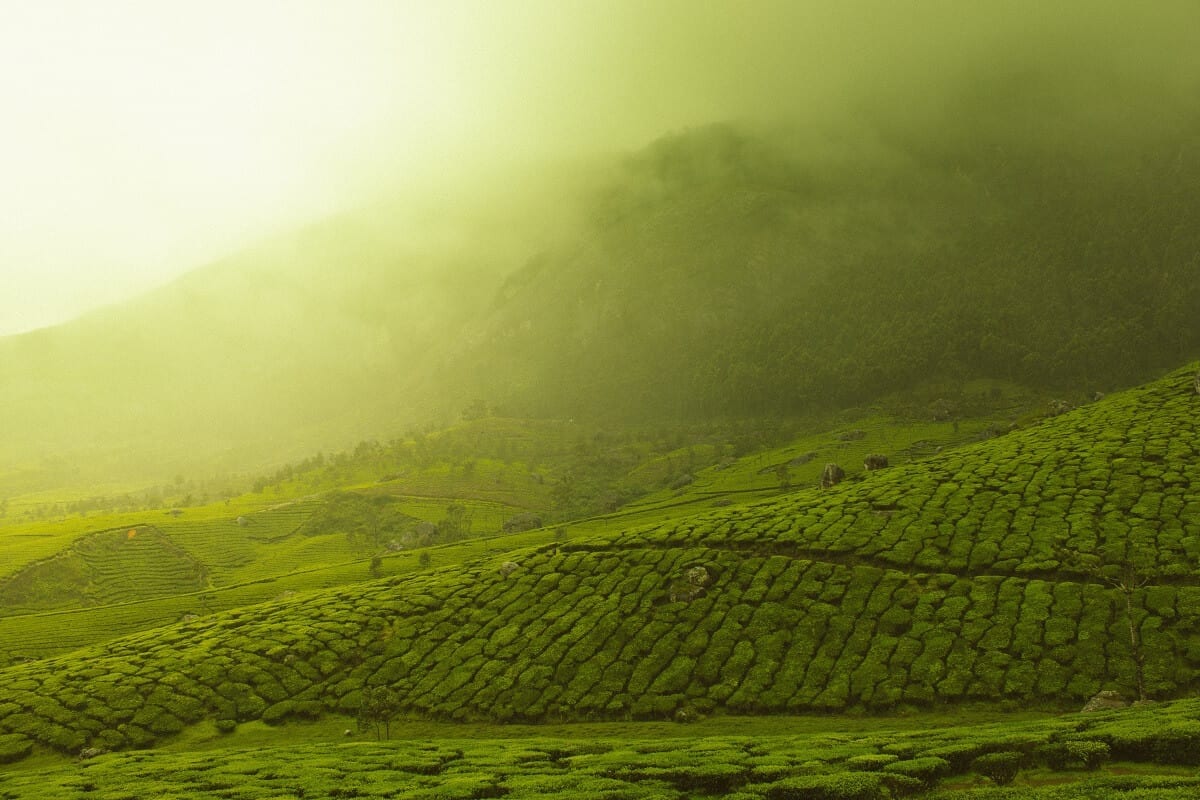 The Cousins
The Cousins
These aren’t technically ‘black teas’ but they still make a blackish brew, so I’ll mention them anyway for interest’s sake.
- Oolong: This fella straddles the wall between green and black tea as it is only partially oxidised (remember that black teas are fully oxidised). Oolongs vary widely based on their preparation and degree of fermentation and oxidisation. Not for beginners, this a tea for the snobs who know what they’re playing at.
- Pu’er: A special Chinese fermented tea, this guy is dark, robust, strangely a little sweet, and usually comes in the form of a solid brick. I can only describe it’s flavour as ‘essence of damp earth’. Like Oolong, best not to approach if you’re only just entering the loose tea leaf world. Get your mouth around single malts first before venturing towards these dark stallions.
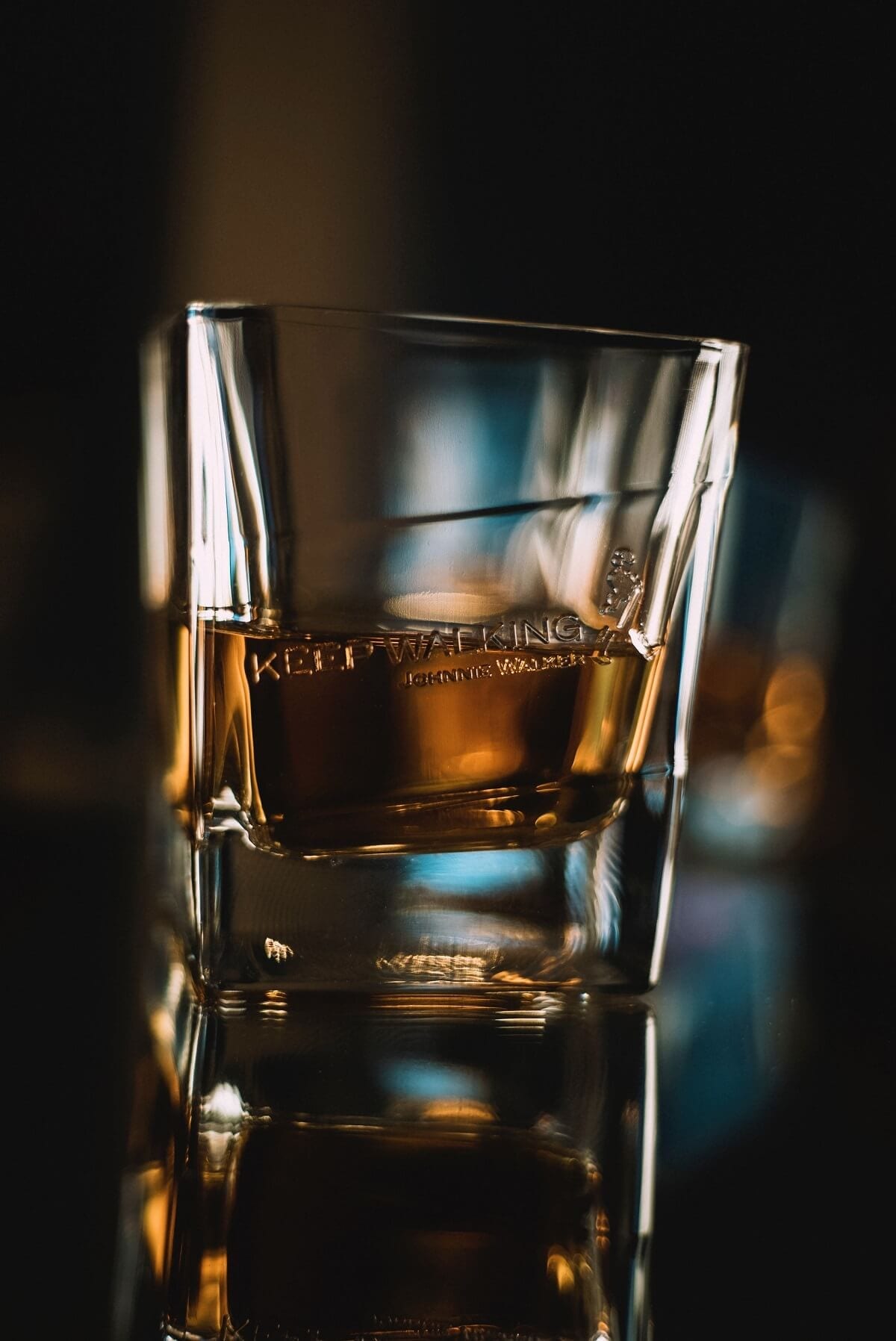 The Blends
The Blends
These teas are all differing blends of the single malts & cousins. They are the Chivas Regal to your Lagavulin.
- Breakfast Teas, including English, Irish, and Scottish: These bad boys are various blends of the above plus some others, including mass-produced lower quality teas (not necessarily bad) from Kenya. If you inspect these loose leaves closely, you’ll notice the different leaf types and colours. The difference between these breakfast teas is the pretty much the strength of flavour, achieved basically via more or less Assam. You’ll find a huge range of these sorts of teas with each producer making their own unique blend, but generally speaking, English Breakfast has the lighter colour & flavour of the three, Irish is in the middle, and Scottish is the strongest with the most Assam. No surprises there – who doesn’t love a good strong Scot (Jamie Fraser anyone?).
- Russian Caravan: Not actually Russian but Chinese, this is a blend of Oolong, Keemun, and often Lapsang Souchong. You know how your clothes smell like the campfire the day after camping? Well, this is the tea equivalent of your smoky clothes.
- Earl Grey: Grandma’s favourite am I right? Named after Lord Grey (hopefully no relation to Christian) it’s a black tea blend, like the breakfast teas, but flavoured with oil of bergamot. It basically tastes like an orange rubbed itself all over your tea leaves. I’m not a fan but I know it’s a favourite of many, including my grandma. Pairs nicely with cakes and doilies.
And what the heck is Orange Pekoe, is it some sort of Earl Grey? That’s what I thought when I first heard the term, but no, nothing of the sort. Despite having the word ‘orange’ in it, Orange Pekoe is a term used when talking about the different grades of tea: Orange Pekoe (OP) = whole leaves, Broken Orange Pekoe (BOP) = broken leaves, etc. There are lots of them. The point is, Orange Pekoe isn’t a type of tea, it’s a grade.
So next time someone asks if you’d like a tea, you can confidently respond with, “Look it’s a little late in the day for Assam but I could go a nice Irish Breakfast, or perhaps a Darjeeling if you’ve got one? Broken Orange Pekoe is suitable, thanks.”
Kerrie Goodwin
Have a story?
Submit your article and if approved we’ll publish it on The Bribie Islander.
No self or business promotions, pornographic or abusive material, only helpful, informative and local news articles allowed.
